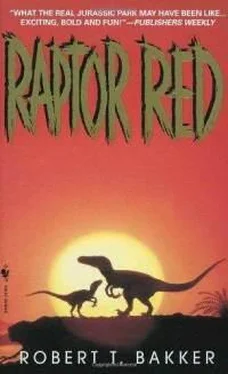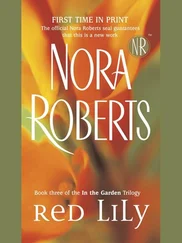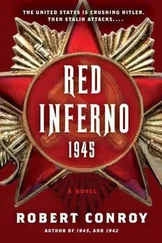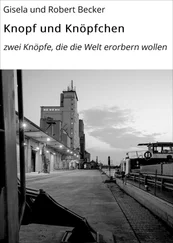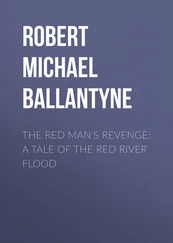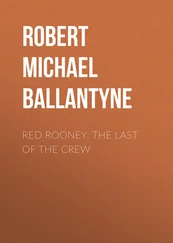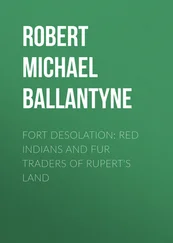The big dactyl rises rapidly to a thousand feet and pauses. Then he utters a quick burst of chirps. Raptor Red’s male consort and her sister are awake now too, staring intently at the acrobatics.
The dactyl zooms down in a dive, crossing over the raptor pack at fifty feet, then climbing another hundred to zip over the treeline to the south.
The raptor sisters raise their bodies up, extending knees and ankles and lean forward in anticipation. They know what to expect. The young male follows their lead.
The dactyl disappears behind the trees. Raptor Red blinks and stares and blinks.
Without a sound the white wings with green bars reappear in a near-vertical climb, five hundred yards away. Six raptor eyes are fixed on the movement.
Raptor Red knows this aerial display might mean fresh food soon. Real food - not dreamtime drumsticks.
She remembers well how she met the white dactyl, years ago. It was when she was taken out on her first hunt. The Utahraptor family had gathered around an armor-plated dinosaur, one of three whose drowned bodies the adult raptors had found on a riverbank. Raptor Red and her sisters had been led by their mother to the one-ton carcasses, fragrant with sundried blood and fresh viscera spilled on the pale yellow sand.
Her mother had prepared the chicks' meal. Great gashes were ripped into the torsos of the prey, gashes big enough for Raptor Red to stick her head in up to her shoulders. It was an exciting, adult experience. Up till then, Raptor Red and her sister had fed on regurgitated meat slabs, brought back to the nest in the throat pouches of their mother or father.
Raptor Red’s eyes had widened when she saw where the meat slabs came from. She was vibrating with excitement when she got to rip her own meat portions from the still-warm carcass. Then the dactyls came. They swooped low, and her parents snarled. For the rest of the day, she watched her mother and father chase off the dactyl scavengers. But they never left - the vulturine pterodactyls had hung around, clattering their yard-long jaws in exasperation.
On the third day the raptor family had eaten their fill. The adults didn’t care about the airborne scavengers anymore. A flock of black-winged dactyls, Ornithodesmus, swarmed over the carcasses and began to tear off meat strips - when a tremendous white object flew at great speed into the mass of wings and bodies. Black-winged dactyls scattered like feathers from an exploded seabird.
Raptor Red was fascinated by that white dactyl. It inspired fear in all other flying creatures, but it never tried to attack the raptor chicks or come close to the adults. Time and time again she would see the same white flying giant appear at kill sites after the raptors had satisfied their appetites. Again and again Raptor Red and her sisters watched the lone white giant disperse all the other scavengers.
Raptor Red gradually accepted the white dactyl as a benign element in her world, an elegant aerial camp-follower who never pushed his participation in the feast.
Raptor Red’s parents didn’t worry about their chicks when the white dactyl was around. He functioned like an aloof baby-sitter or sheep dog. He kept the other flying predators away, and often chased the smaller land predators too. Raptor Red learned that raptors could, on occasion, profit from watching the white dactyl. When the great white beast flew in ostentatious circles a quarter-mile away, the raptor pack would investigate. Often they’d find a big dead dinosaur half-hidden in the undergrowth. The raptors would feed. The dactyl, whose snout was too weak to break through the skin of an intact carcass, would wait patiently until he was allowed to glean scraps from the dissected body.
On this day in the middle of the August drought, the appearance of the white dactyl is most welcome. The Utahraptor sisters get up and lead the chicks at a trot toward the sand flat beyond the treeline. Raptor Red’s male consort sits in confusion. He’s uneasy with all dactyls - but he decides to trust Raptor Red’s judgment and rushes to catch up.
The white dactyl is very fond of the giant raptors in Raptor Red’s family. They seem to have a more immediate effect on their surroundings than any other species. And they respect his position as Dactyl Emeritus of the ecosystem, a position that entitles him to scraps from every kill the big raptors make. He’s spotted a mummified Astrodon body, and he wants his raptor friends to help share this multi-ton hoard of meat and entrails. He can’t break through the mummified hide himself, but he knows that Raptor Red and her sister can.
The white dactyl definitely does not like Utah-raptors' smaller relative, the deinonychs. Those raptors travel in large unruly packs, and they’re rude to dactyls. They’ve tried to ambush him when he’s fed from their kills. So he buzzes them when they least expect it.
He never leads deinonychs to carcasses, the way he’s doing now for Raptor Red’s pack.
The raptor sisters break through the dense thicket of saplings and rush out over the hot sand. They pause, sniffing the stale air.
There it is! their olfactory systems scream inside their brains. They run to the spot where a huge carcass lies buried under sand and driftwood.
Utahmptor claws pull through the suntanned hide.
Ribs are broken by raptor hindlegs pulling on claws hooked through the astro’s chest.
Raptor Red and her sister push their scale-covered snouts through the gaps ripped into the body cavity - and find gastronomical heaven. Hunks of liver and lung, nicely seasoned by early decomposition, slide down the sisters' throats. It’s a splendid feeling.
Raptor Red’s mood changes as her digestive enzymes turn on all through her stomach and intestines. The imminent prospect of loneliness evaporates. She grabs a big piece of astro innards and bounds over to the young male, bobbing her head.
For me? he asks with a submissive lowering of his head.
YES! Raptor Red answers by shoving the food right up to his upper lip.
The big dactyl waits till the adult Utahraptors are finished, then pokes his long snout deep into the carcass and gleans select morsels.
The chicks tiptoe up to the carcass, still afraid of the dactyl. They nip at shreds of meat hanging from leg joints. Soon the sensation of filled bellies makes them bolder. One of the young chicks makes mock-charges at the big old dactyl, who’s perched on a low branch. Holding its head low and growling in a falsetto voice, the chick runs forward, then jams its toes into the sand, screeching to a stop with its head raised and mouth open.
The old-timer in the tree doesn’t move. He lets the chick get closer and closer. Each mock-attack makes the chick braver - and more self-deluded. At its sixth charge the Utahraptor-ette stomps its feet directly below the branch where the dactyl sits like a statue.
There’s no sound, no movement from the big flier. His wings remain tightly folded against his body, making his body mass appear small.
The chick is puzzled. It rises as high as it can go, sniffing loudly. Its snout tip touches the branch where the dactyl sits. It moves the snout to the underside of the dactyl toes. The chick nudges the dactyl’s feet.
The white wings snap open in one quick movement. The great wing-finger, equivalent to our human ring finger, sweeps upward at the wrist, unfurling the immense white wing surface. In an instant the dactyl’s size seems to increase a hundredfold.
The chick is enveloped by the dactyl’s shadow.
Clunk!
The chick tries to accelerate backward but falls over instead. It flails its arms and legs, trying to get up, turn around, and run away all at once.
The dactyl stands, wings outstretched, motionless.
The chick tumbles over itself and rolls up to Raptor Red. It gets up, mouth wide open in horror, and leans hard against Raptor Red’s side. She glances sideways at the chick and gives it a rude shove.
Читать дальше
